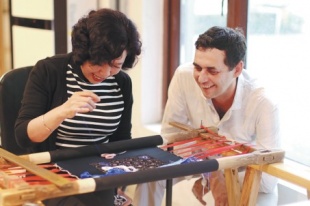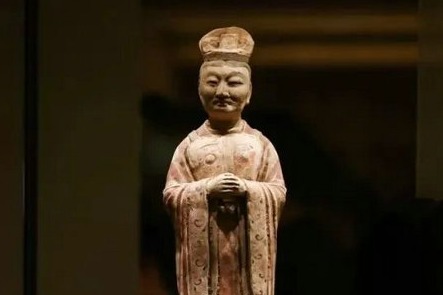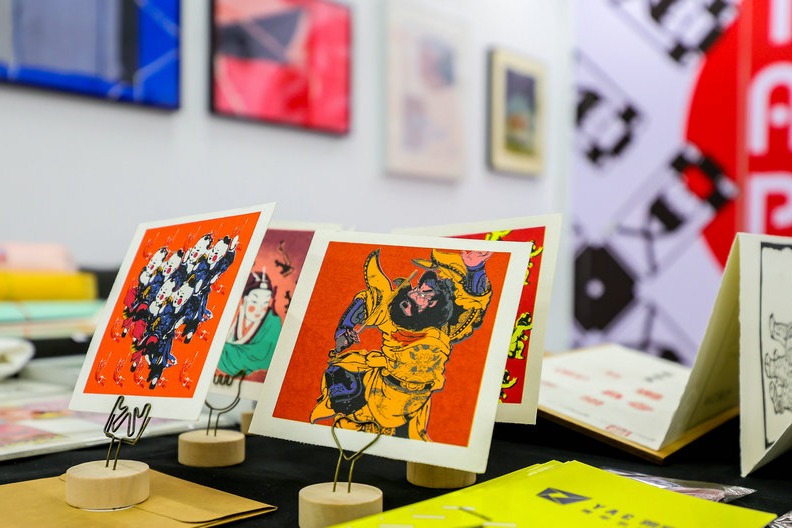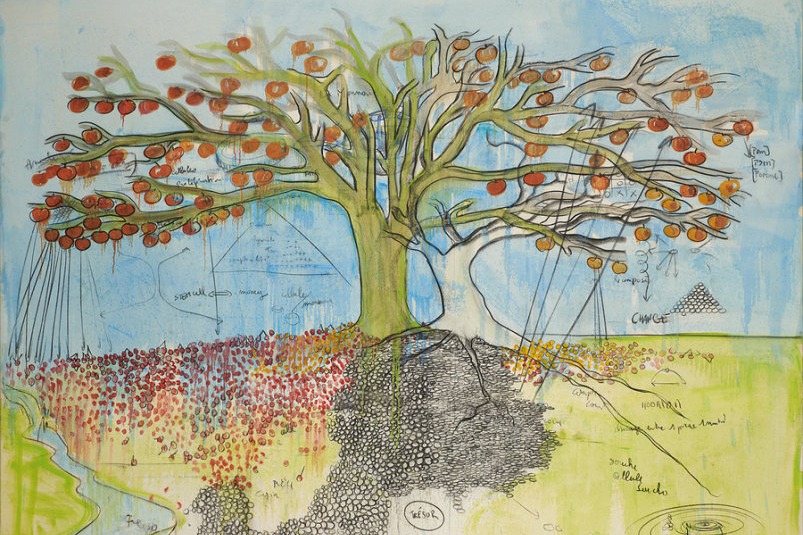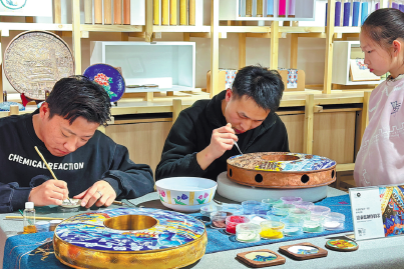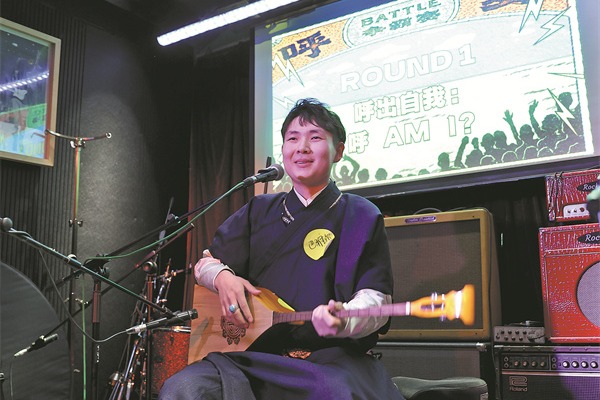Traditional craftsmanship of cultural heritage continues to sew success

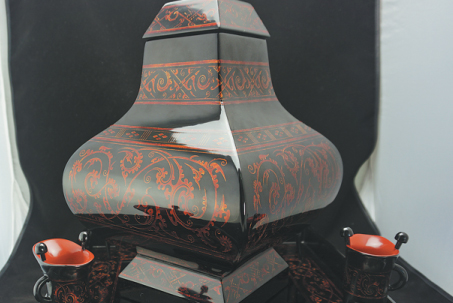
Shu embroidery, another national intangible cultural heritage, is being passed down by a group of intangible cultural heritage inheritors in Chengdu.
Shu embroidery is one of the most famous styles of embroidery in China, along with Su embroidery, Xiang embroidery and Yue embroidery.
Meng Dezhi, 58, is a national-level intangible cultural heritage inheritor of Shu embroidery.
Born to a family of embroiderers, she was one of the most talented employees at the Chengdu Shu embroidery factory. However, faced with the market impacts brought by cheap industrial products made by modern machines, the factory closed down in 2005.
In order to make a living, Meng rented a small space of 10 square meters to teach Shu embroidery skills.
When the district government in Chengdu learned about it, it provided 70,000 yuan ($9,899) venture capital for a new workshop. Meng used the workshop to recruit laid-off workers to study Shu embroidery.
Today, Meng has established her own company and got opportunities to cooperate with several famous international fashion houses.
She has also established teaching bases to popularize the culture of Shu embroidery in universities and residential communities.
"In the early days, I set up the company just for survival, but now I really feel that I have the responsibility to pass on Shu embroidery skills to young people, to let it run from generation to generation," she said.
In Chengdu, there is a large number of intangible cultural heritage inheritors like Song and Meng, and there are more than 500 intangible cultural heritage projects being cultivated in the city, including 22 national-level intangible cultural heritage projects.


